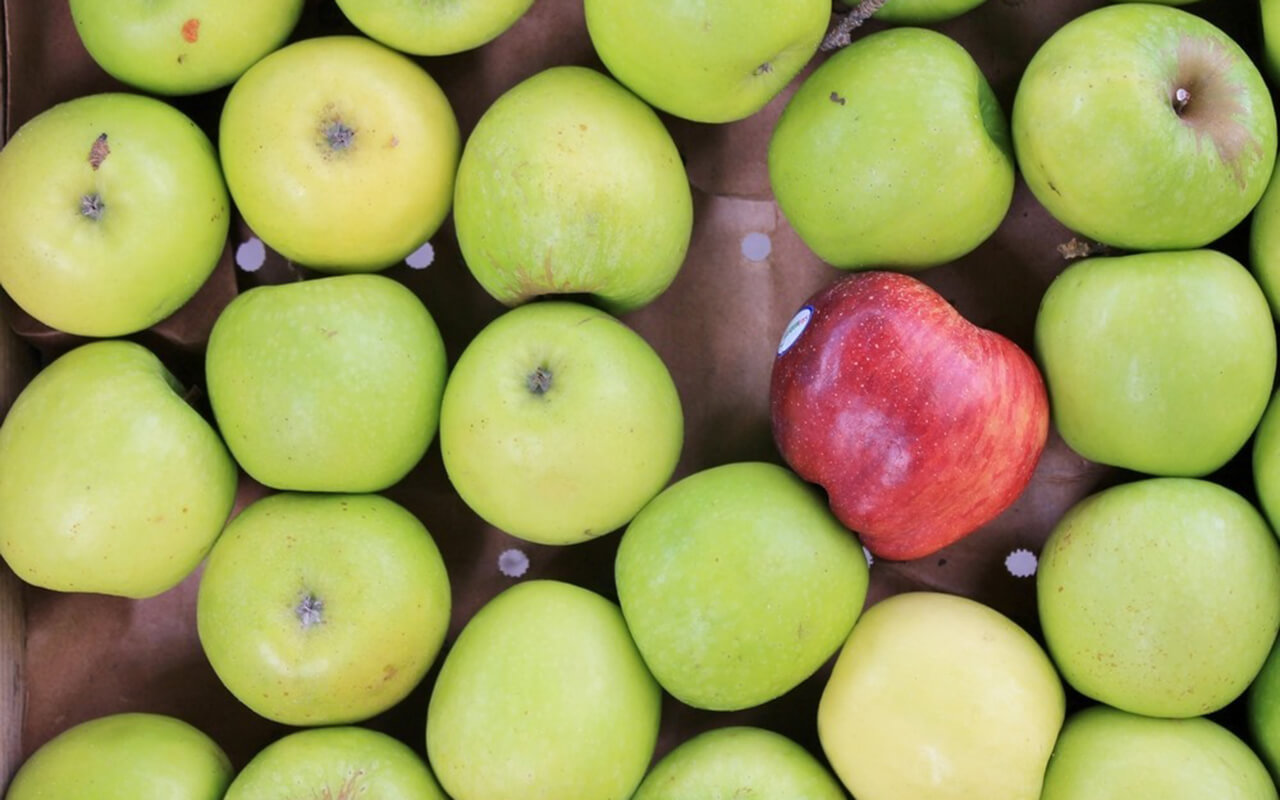
Understanding the rule of odds in photography
The Rule of Odds in photography is simply a compositional trick that states that taking a photo of a group of objects is more pleasing to the eye if you include an odd number rather than an even number. Photo by Dean Lewis on Unsplash The theory behind the Rule of Odds is that the human brain is wired to see patterns.

Rule Of Odds Photography Photography School
The rule of odds in art says that composition will be more dynamic if there's an odd number of elements in the composition, rather than an even number (marion.scot). It is then no surprise that this rule also works in photography, which is no stranger to the word 'composition.'

35 Photographs that Perfectly Exploit "The Rule of Odds" Even and odd, Photography rules
Landscape Photography. Using the Rule of Odds as a landscape photographer is going to require a. subconscious effort to discover three, five, or more of the same subject to apply this rule. Finding three subjects will be more accessible vs. five. More than five is going to be a monumental task.

The Rule of Odds in Photography (An Easy Trick for Better Compositions)
In essence, the Rule of Odds in photography transcends mere composition. It conveys complex emotions and makes a lasting impression, forging a profound connection between the photograph and its audience. Through this artful use of odd numbers, photographers have a unique tool to create images that evoke authentic, resonant and enduring emotions

35 Photographs that Perfectly Exploit "The Rule of Odds" Photography rules, Even and odd
In essence, the Rule of Odds is your artistic passport to a world where visual storytelling is a symphony of dynamic balance, surprise, and captivating tension. It's an opportunity to unleash your creative spirit and craft photographs that resonate deeply with those who behold them.

GuruShots The World's Greatest Photography Game Photography rules, Rules of composition
The Rule of Odds in photography is a compositional guideline that suggests using an odd number of subjects or elements within a frame to create a more visually pleasing and balanced image. It's based on the idea that odd numbers tend to be more appealing to the human eye than even numbers, which can feel too symmetrical or predictable.

The Rule of Odds in Photography (An Easy Trick for Better Compositions)
The Rule of Odds in photography involves using an odd number of subjects in a composition. This technique can create a more balanced and visually pleasing arrangement compared to even numbers. Composition is important in photography, and the Rule of Odds is just one of many techniques to consider.

35 Photographs that Perfectly Exploit "The Rule of Odds" Photo art, Creative photography, Cool
1. Triangle Composition This rule is most commonly used for three subjects in the scene. So, you can use the triangle composition technique for the arrangement of the subjects in the frame. Here, each subject becomes one of the vertices of the triangle. 2. Linear Composition You can also arrange the odd number of subjects along a line.

Learn the Rule of Odds in Photography Composition
In photography we call that the rule of odds. If the number of the subject is odd, the brain will be less inclined on pairing them up into groups The rule of odds particularly works with smaller numbers of objects, like three or five.

35 Photographs that Perfectly Exploit "The Rule of Odds" Photography Rules, Composition
The rule of odds states that, whenever possible, a composition should have an odd number of objects, not an even number of objects. So an image should have three flowers rather than two, and five people rather than four. Why? The rule of odds taps into the brain's propensity to create order.

35 Photographs that Perfectly Exploit "The Rule of Odds"
The rule of odds is a compositional guideline in photography that suggests an odd number of subjects or elements within an image tends to create a more visually appealing and balanced composition compared to an even number. This guideline is based on the idea that odd numbers create a sense of asymmetry, variety, and visual interest, which can make a photograph more engaging to the viewer.

35 Photographs that Perfectly Exploit "The Rule of Odds" Photography rules, Rules of
The Rule of Odds: How Many Elements Should You Use? Three is the most appealing option amongst the odd numbers. You can compare this image with three domino pieces with the one below. In the top photo, whenever our brain pairs up two of the domino pieces, we have the third one catching our attention.

35 Photographs that Perfectly Exploit "The Rule of Odds" Photography rules, Photographer, Odds
The Rule of Odds is an effective way to draw the eye to a specific element or area of composition. Bonnie Melnichenko uses this technique to emphasize the odd number of the rounded structures within the frame of the photo.

35 Photographs that Perfectly Exploit "The Rule of Odds" Odds, Photographer, Rules
What Is Rule of Odds in Photography? The rule of even and odd photography states that images that contain an odd number of elements tend to attract more attention than those with an even number of subjects. So having 3 or 5 elements in your composition is better than 2, 4, or 6 elements.

Rule of Odds Photography Everything You Should Know GBMA Photography
The Rule of Odds is a compositional guideline in photography that suggests using an odd number of objects in a frame to create visually appealing compositions. Instead of opting for an even number of subjects or elements, this rule encourages photographers to include three, five, or any other odd number of elements to add interest and balance.

Rule of Odds Tom Bol Photography, LLC
The rule of odds is very simple: It states that the best photos include an odd number of elements. So when you look at a photo, and you count up the key parts of the composition….there should be one, three, five, or seven of them (assuming you're after a compelling photo).